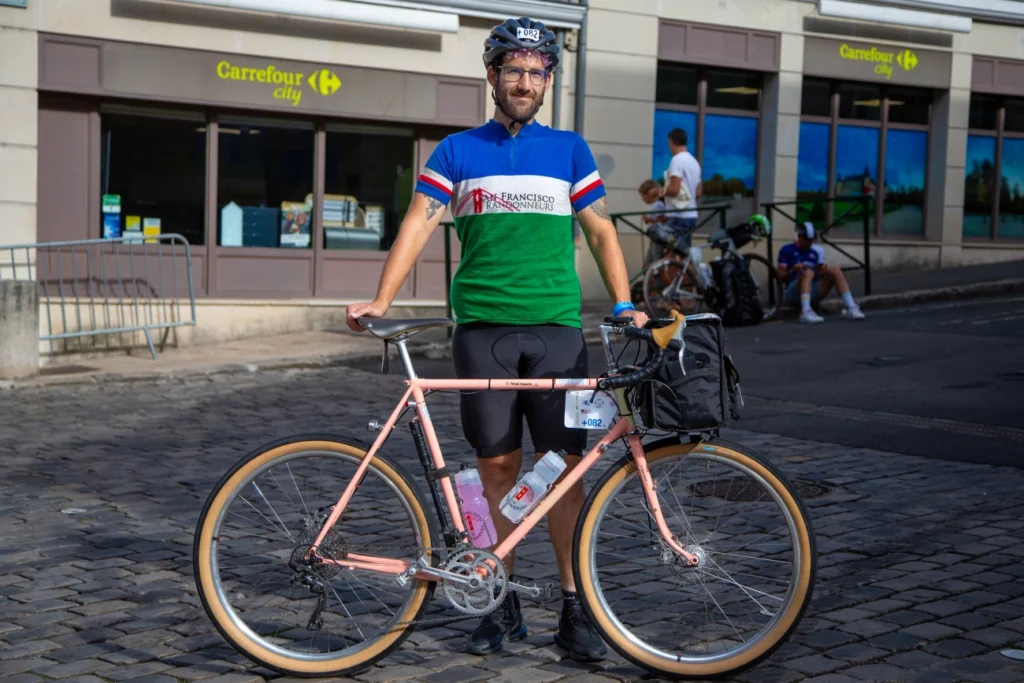(EDITORIAL COMMENT: hurt bike content coming! these are high performance frames and thusly are fragile, be careful out there!)
As someone who has gotten more into biking over the past few years one thing that has been hard to navigate is the sea of opinions about what makes a good or bad bike. One thing that I hear a lot is that if you’re planning to do a ride that is even slightly difficult it’s an absolute necessity to have the fastest, lightest, sportiest bike possible – otherwise you’re guaranteed failure. Bring your steel bike to a group ride and no doubt you’ll be greeted with a few side-eyes and snickered comments.
So when I decided to do a whole Randonneuring series on my trusty Romanceür, some people were surprised. For those not familiar Randonneuring, it’s long distance non-competitive rides done with the goal of participating in Paris-Brest-Paris, a 1200k (760 mile) ride across France, in less than 90 hours. Imagine my surprise when when GCN of all people decided to pull me aside to take a picture of what they thought was one of the most beautiful steel bikes there.
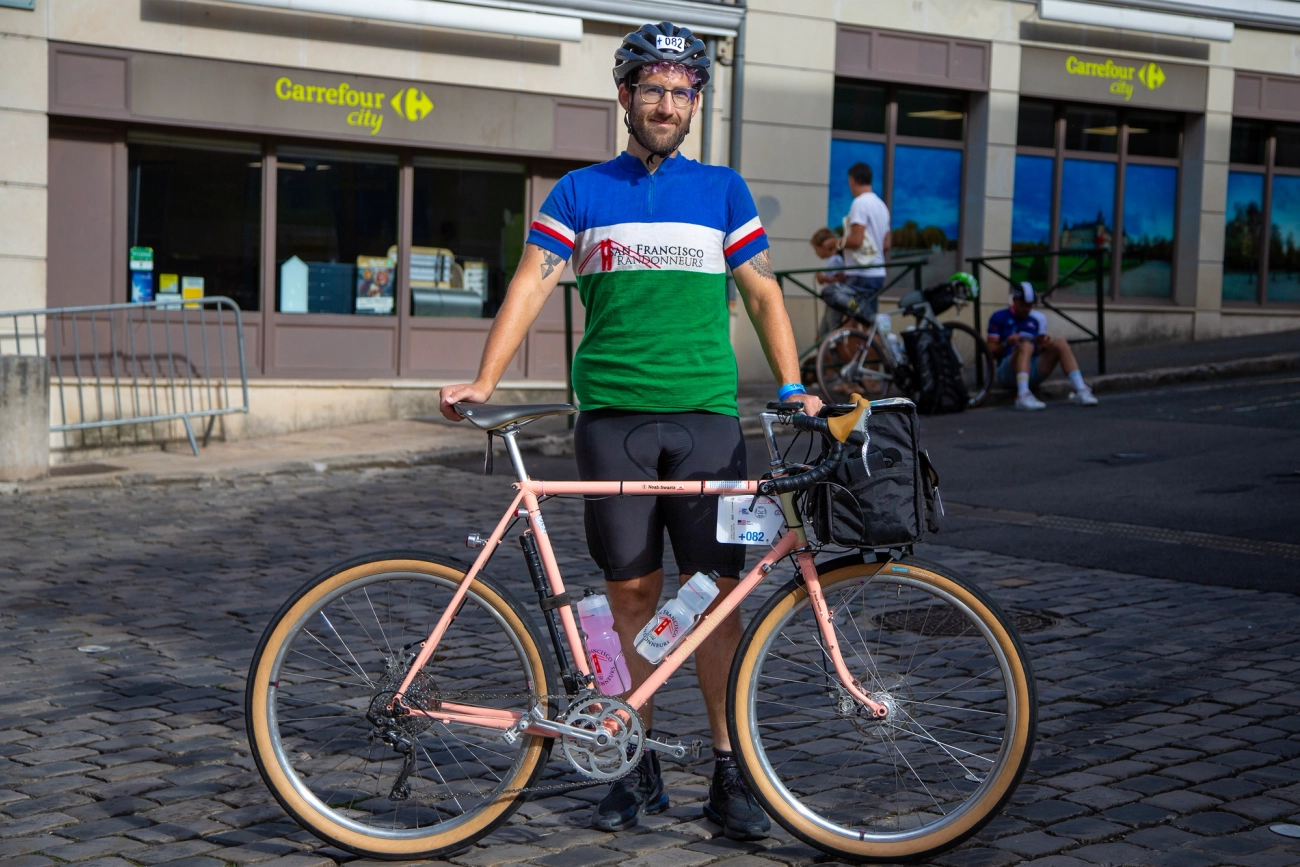
Despite a few comments about my wide tires (650x48b – so comfortable!) I finished without much issue. So it was an easy decision this last weekend to take it as my bike of choice for New York – Montreal – New York – one of the oldest 1200ks in the US – approximately 755 miles of riding over 4 days.
Since building it in May of 2022 I had ridden the hell out of this bike, logging somewhere north of 12,000 miles on it. It was my go to for fast group rides, short gravel explorations, and long weekend brevets. What other bike could I be as confident in?
Unfortunately about 100 miles in, disaster struck. Trying to get ahead of the clock, we had a small group of four pace-lining. The person on the front was a bit more cavalier about traffic than the rest of us, and when they ran a stop sign crossing a fast road, I looked to see if the cars were stopping rather than at the wheel of the person in front of me.
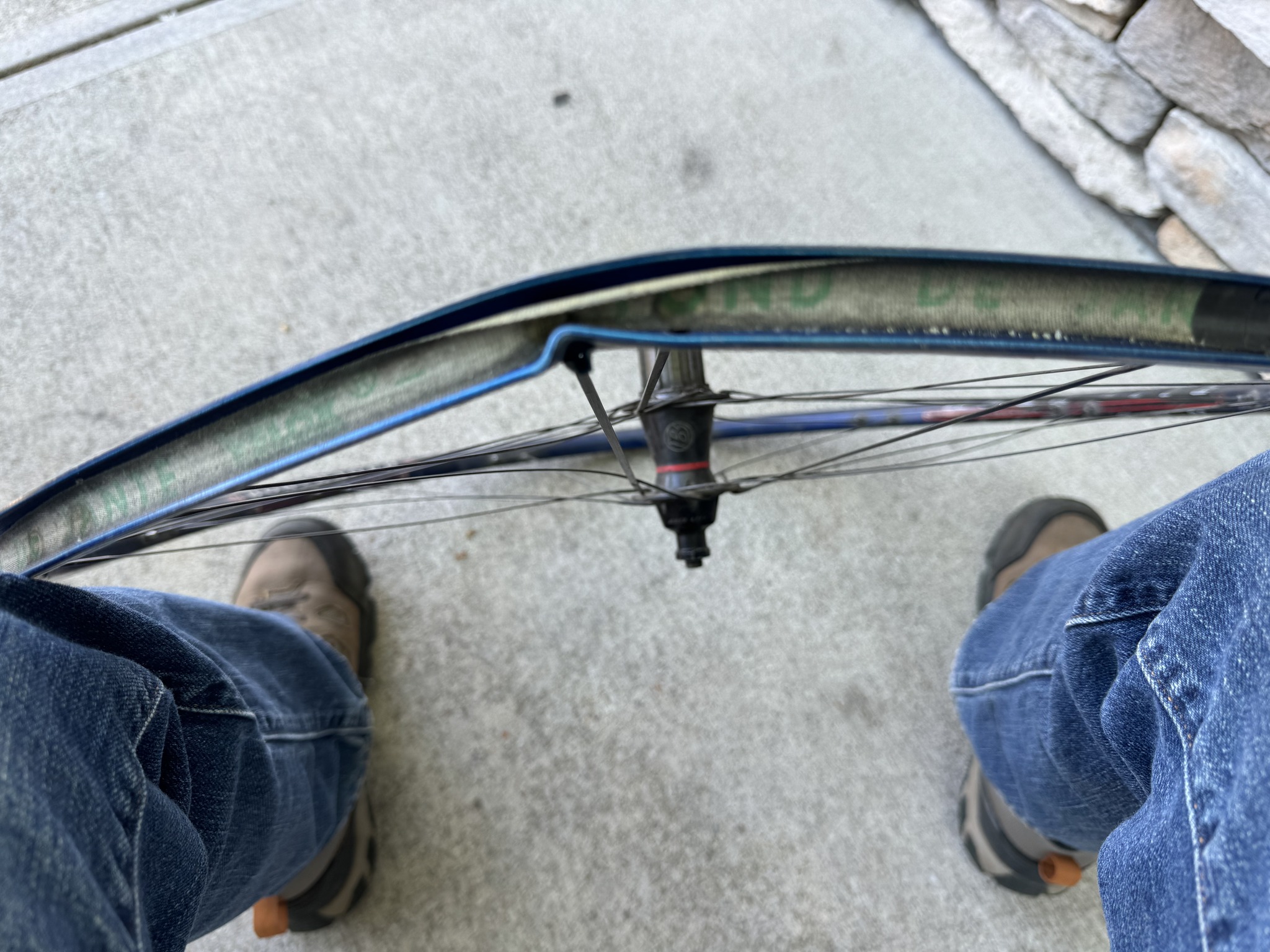
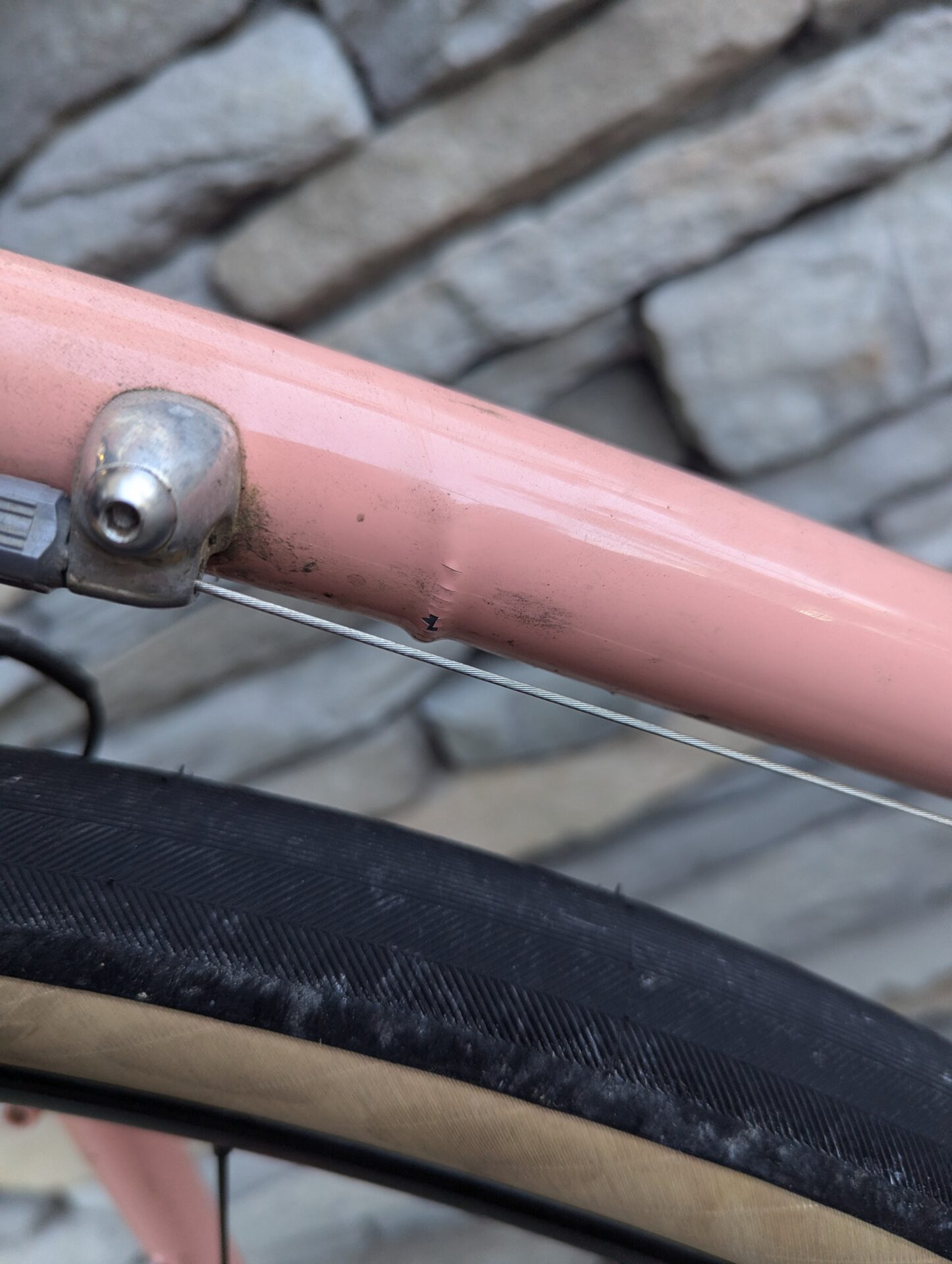
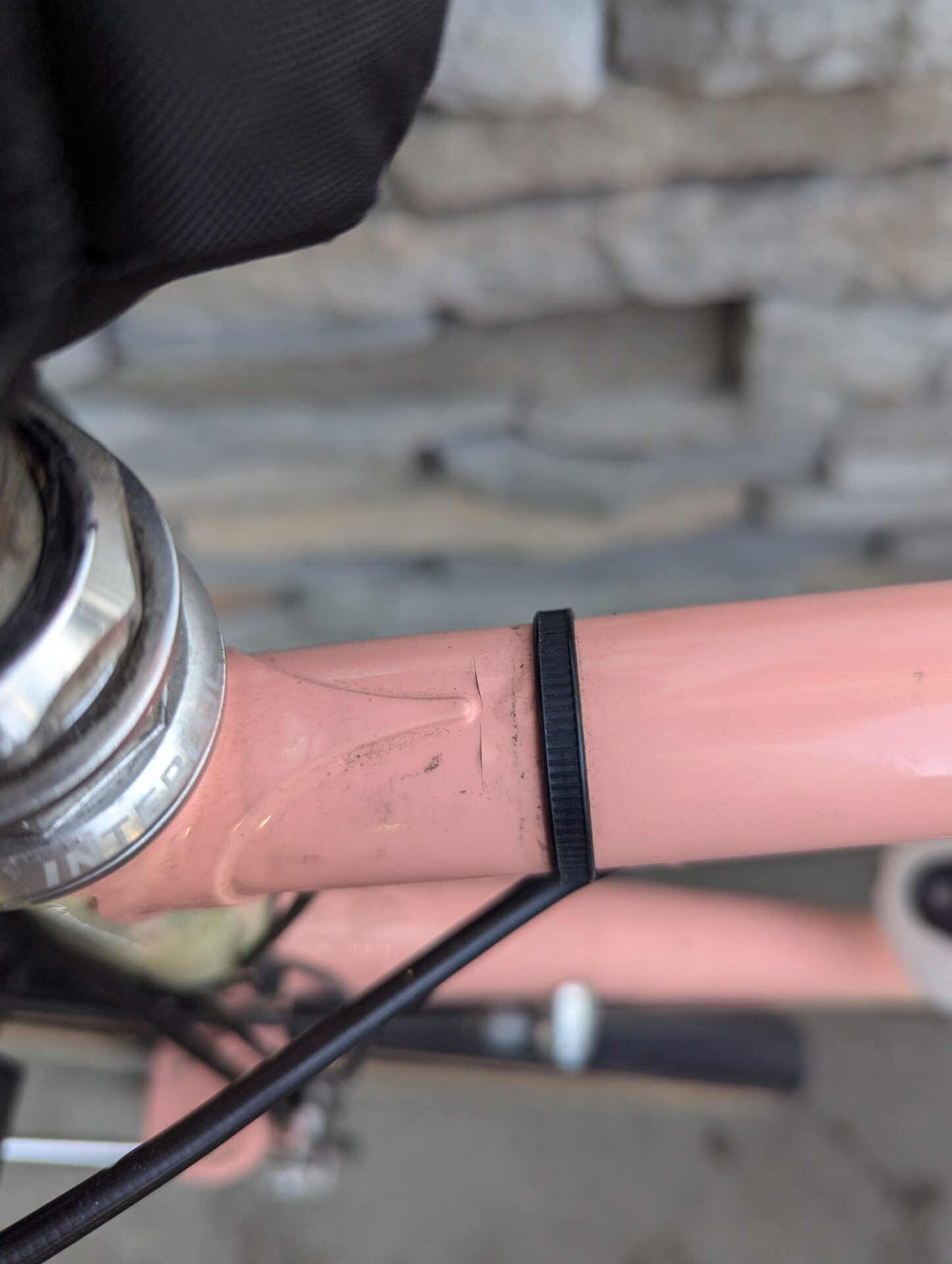

I heard it before I saw what happened. A sickening crunch, and then the thud of me falling sideways and hitting the ground. I had slammed into the rider in front of me who had chosen caution and decided to wait for traffic to clear. Both of us were physically ok save for a few scrapes, but our bikes were trashed. Their wheel was completely crumpled and my frame had a nice bulge in the downtube. With a little help from a superhero volunteer we were back up and riding in less than an hour, but I was worried – would my frame survive the rest of the ride?
When I built this bike I built it to be bomb proof. Mechanical everything. Bar end shifters that even though they’ve lost a few of their indexed clicks still work as friction. Mechanical disc brakes that I can adjust by hand and never risk leaking brake fluid when I fly with my bike. A large front bag that can just as easily carry all of my supplies for a day ride as it can an array of camping equipment or even a full load of groceries. As such my bike has taken me around the world, being almost no fuss to set up whether I’m riding into the sunrise on a 24 hour local ride, on a bike packing trip in Japan, or just around town with some pizzas.
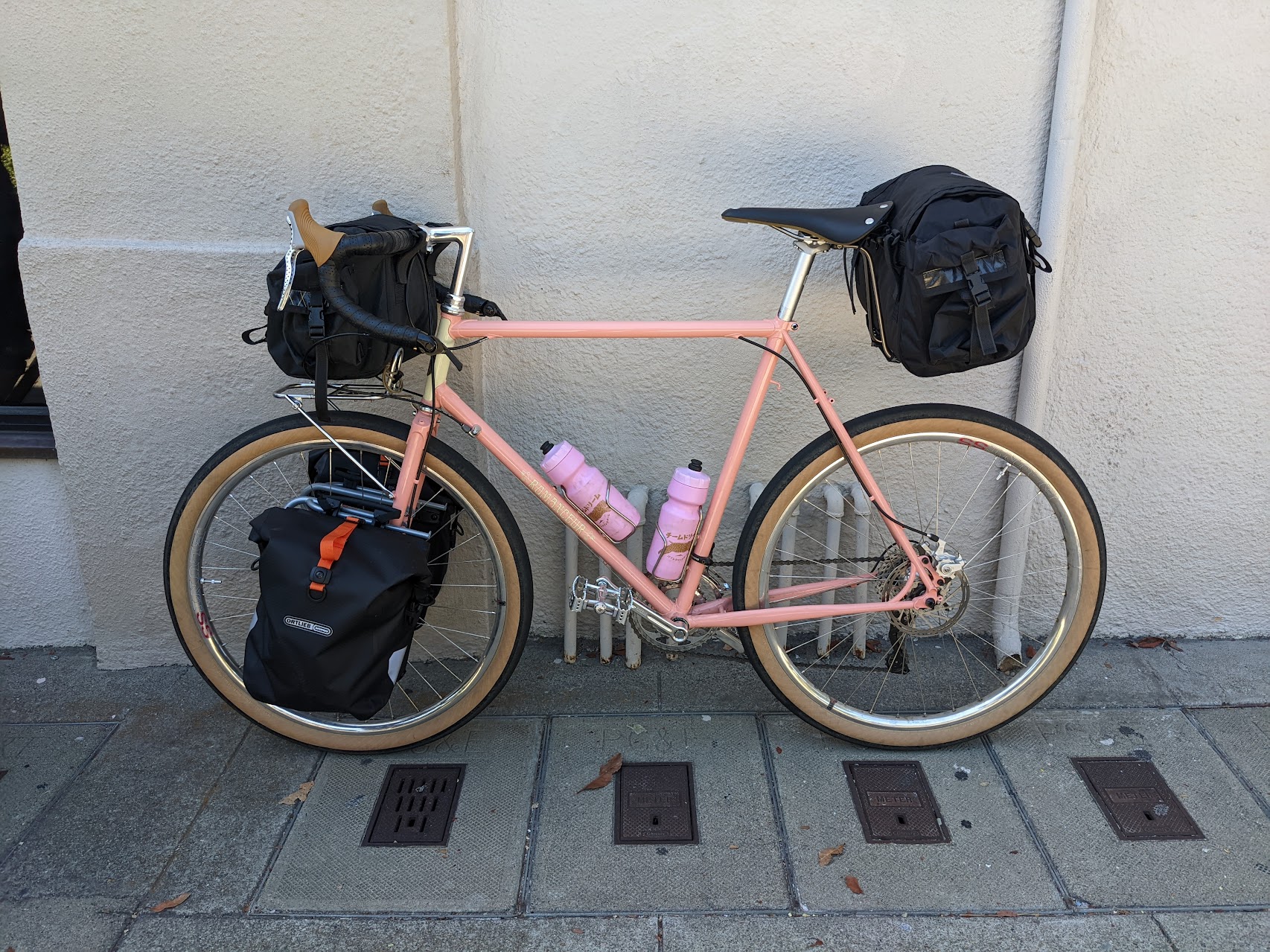
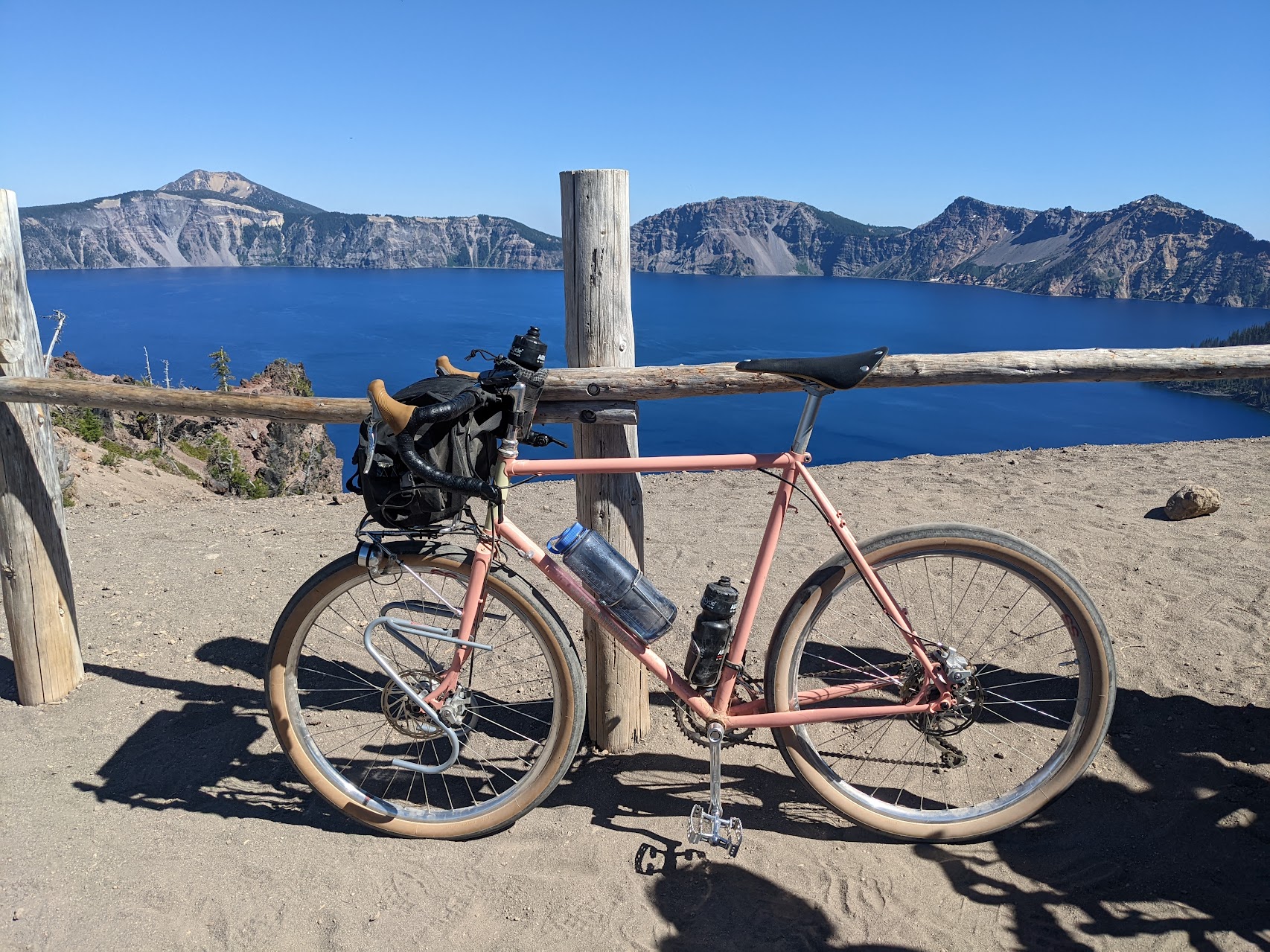

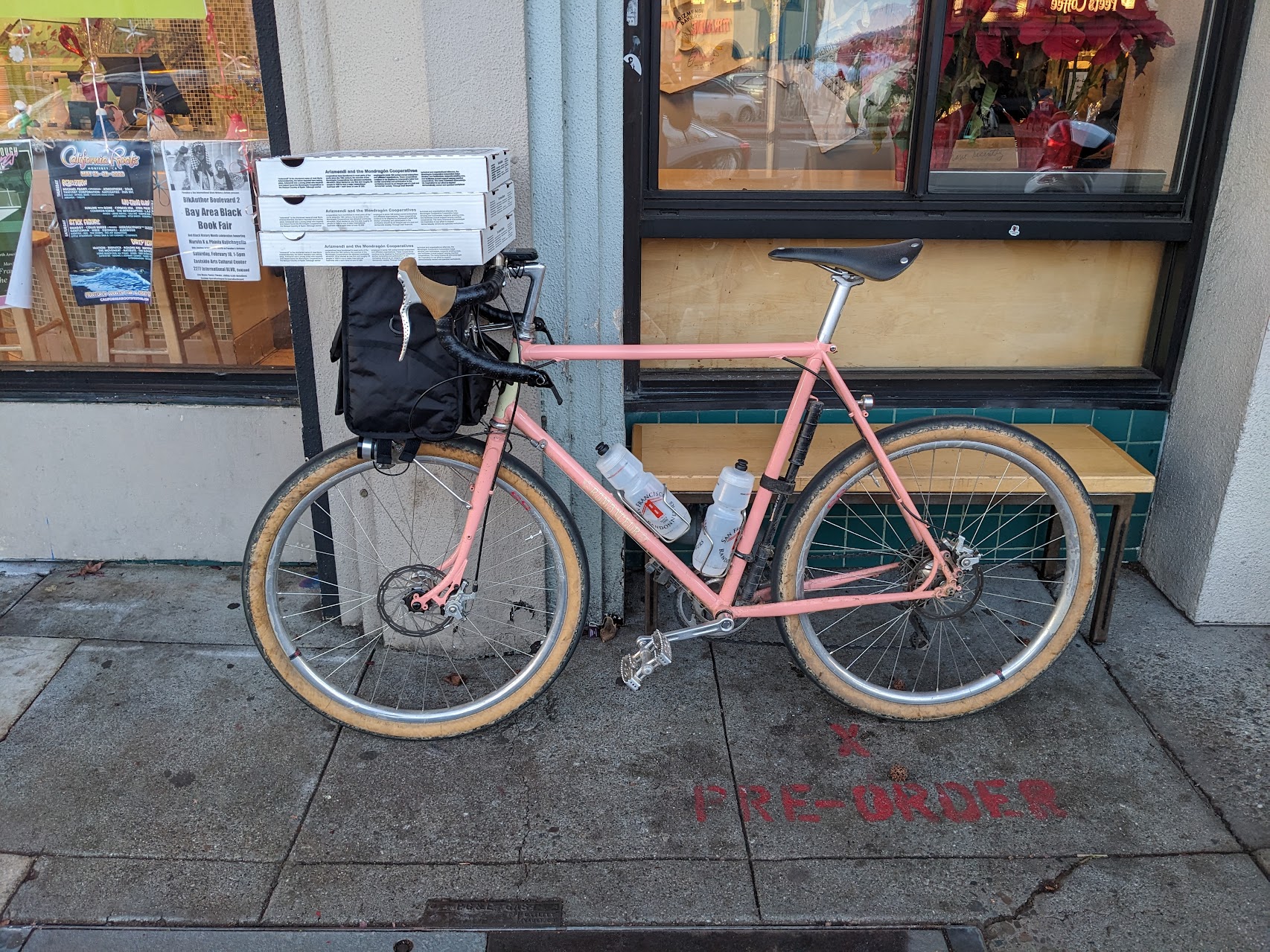
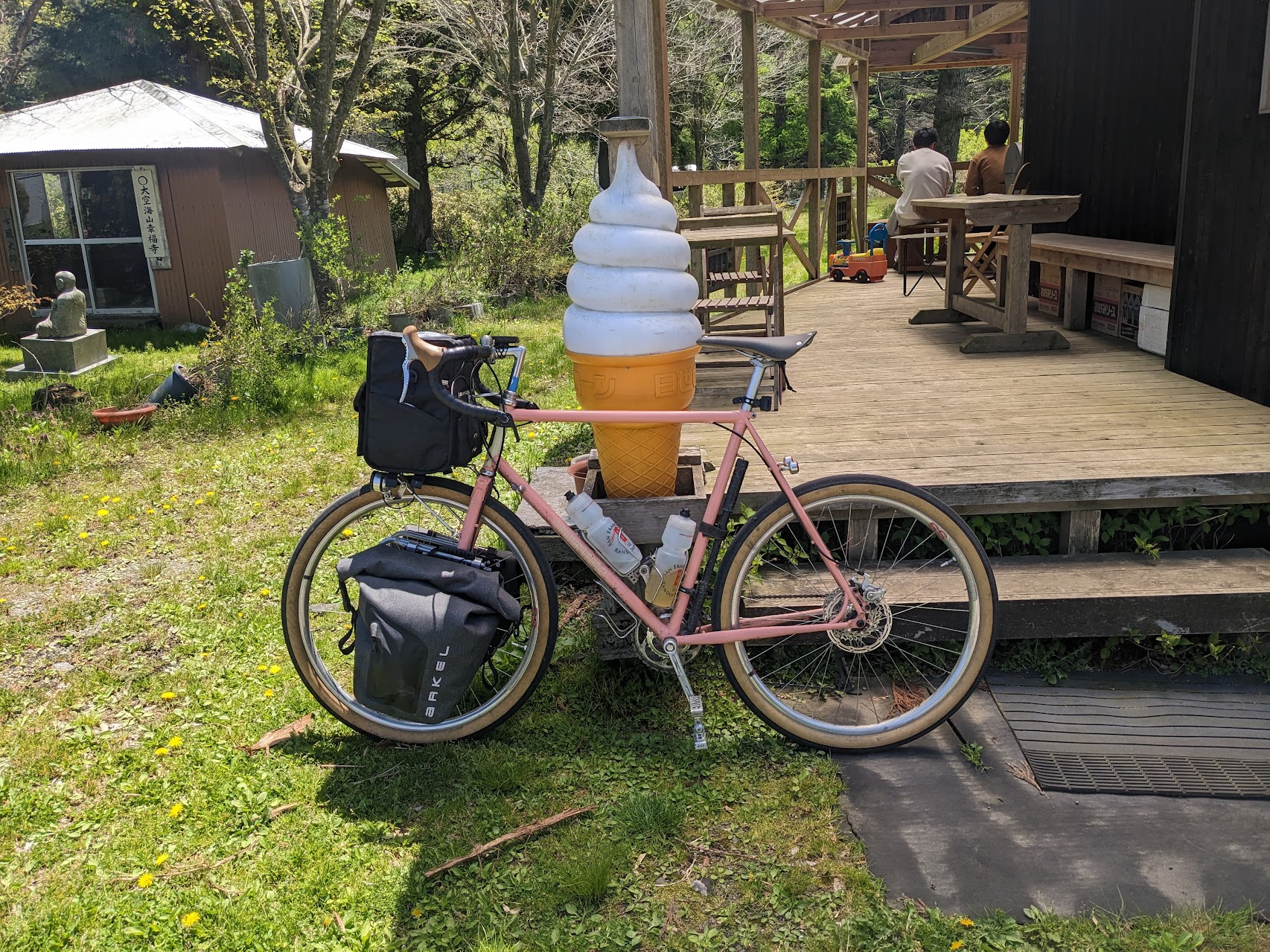
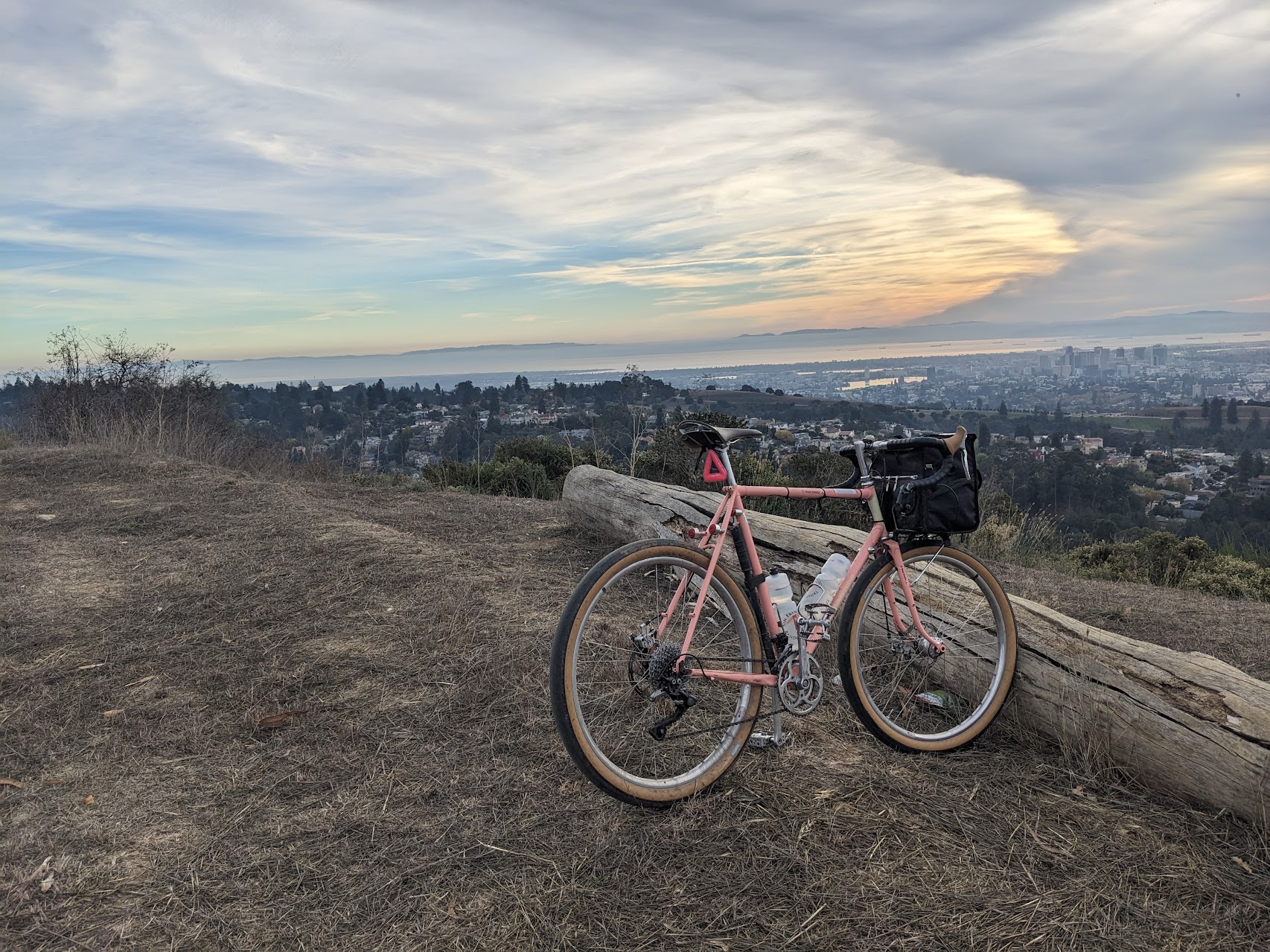
Fueled by these memories and a few words of encouragement I got back on my bike and kept pedaling. To my surprise the bike was still riding fine – no issues with handling and it felt as stable as ever. Even when I got out of the saddle to push up steep east coast hills I didn’t feel a hint of a wobble or extra flex. It seemed that as long as I didn’t hit too big of a pothole I’d be fine. So I relied mostly on my rear brake to prevent force on the damaged part of the frame (Paul Klampers are strong as hell!) and kept moving forward.
If I had been riding a carbon bike, the crash probably would have cracked the frame and my ride would be over. Even if it wasn’t obviously broken I’d have been terrified of some invisible fracture that would cause my bike to suddenly sheer without warning down the road. And while I knew no bike shop would recommend that I keep riding my bike in its current state, I felt confident that I’d notice signs of failure before my bike split in two.
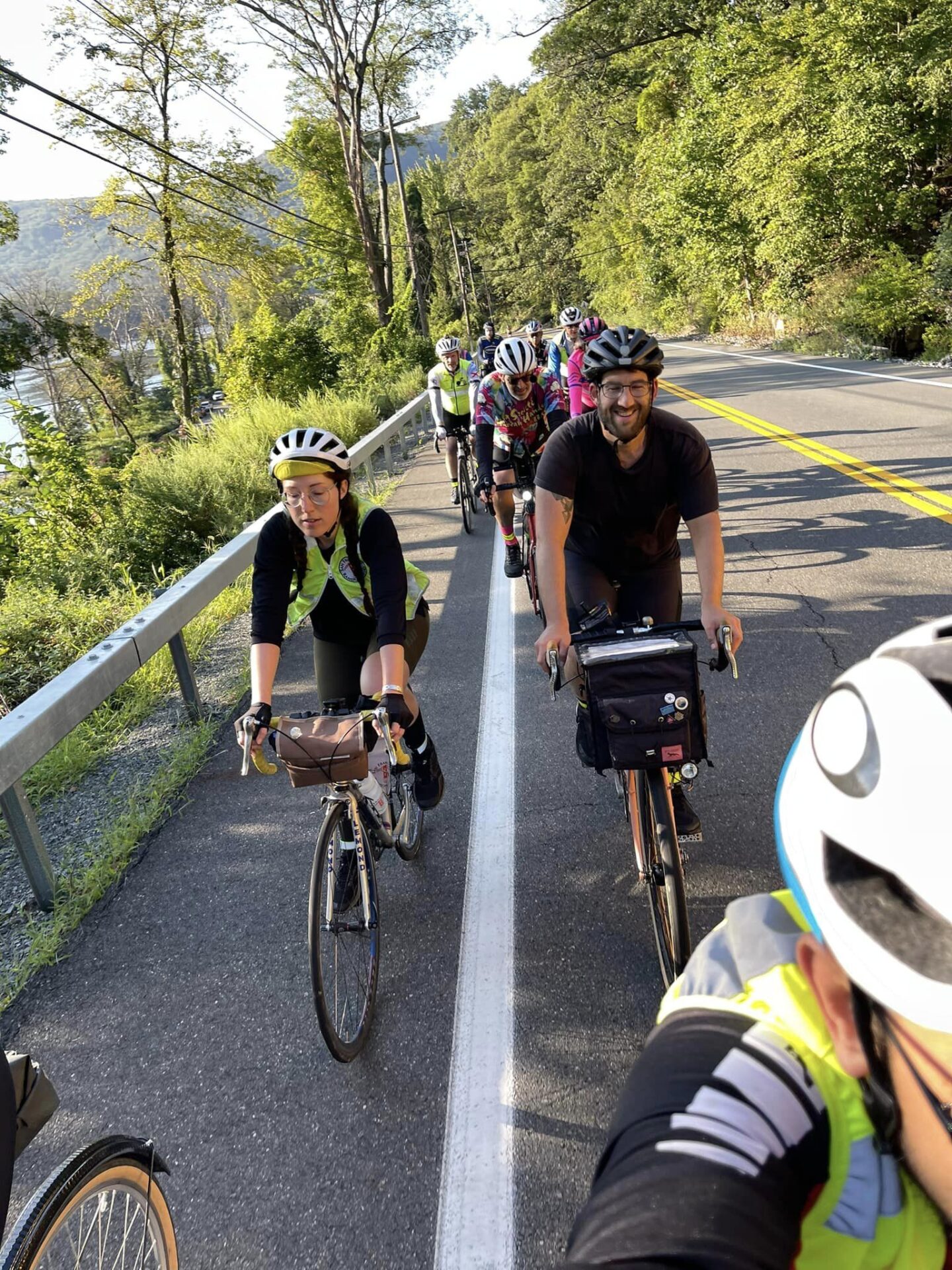
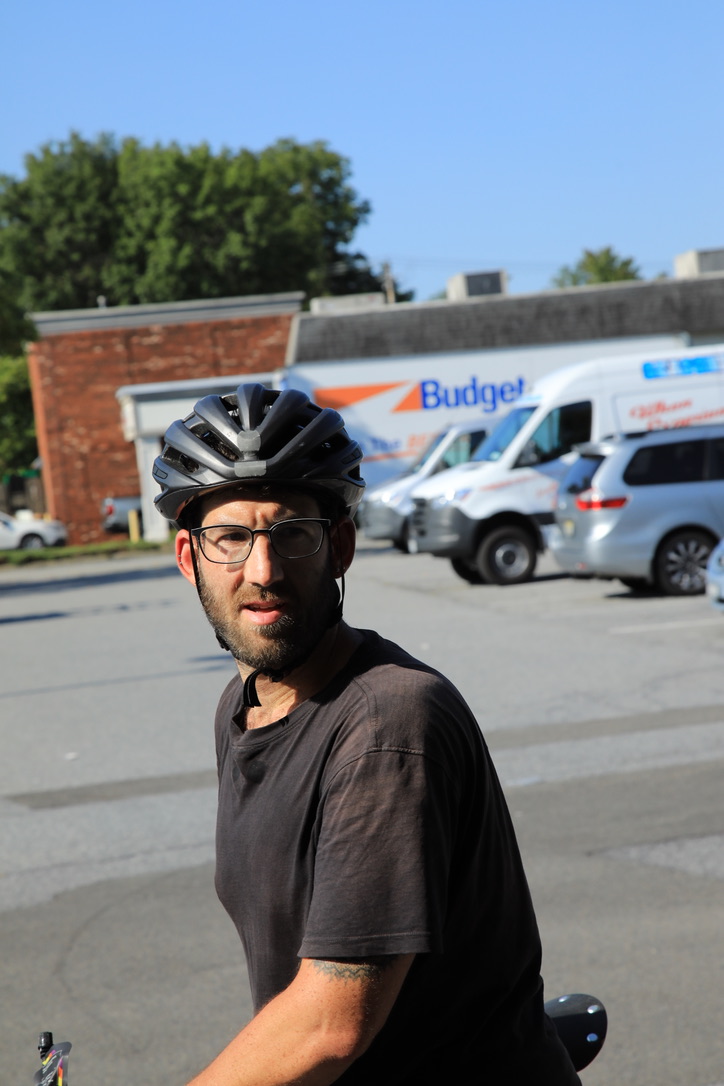
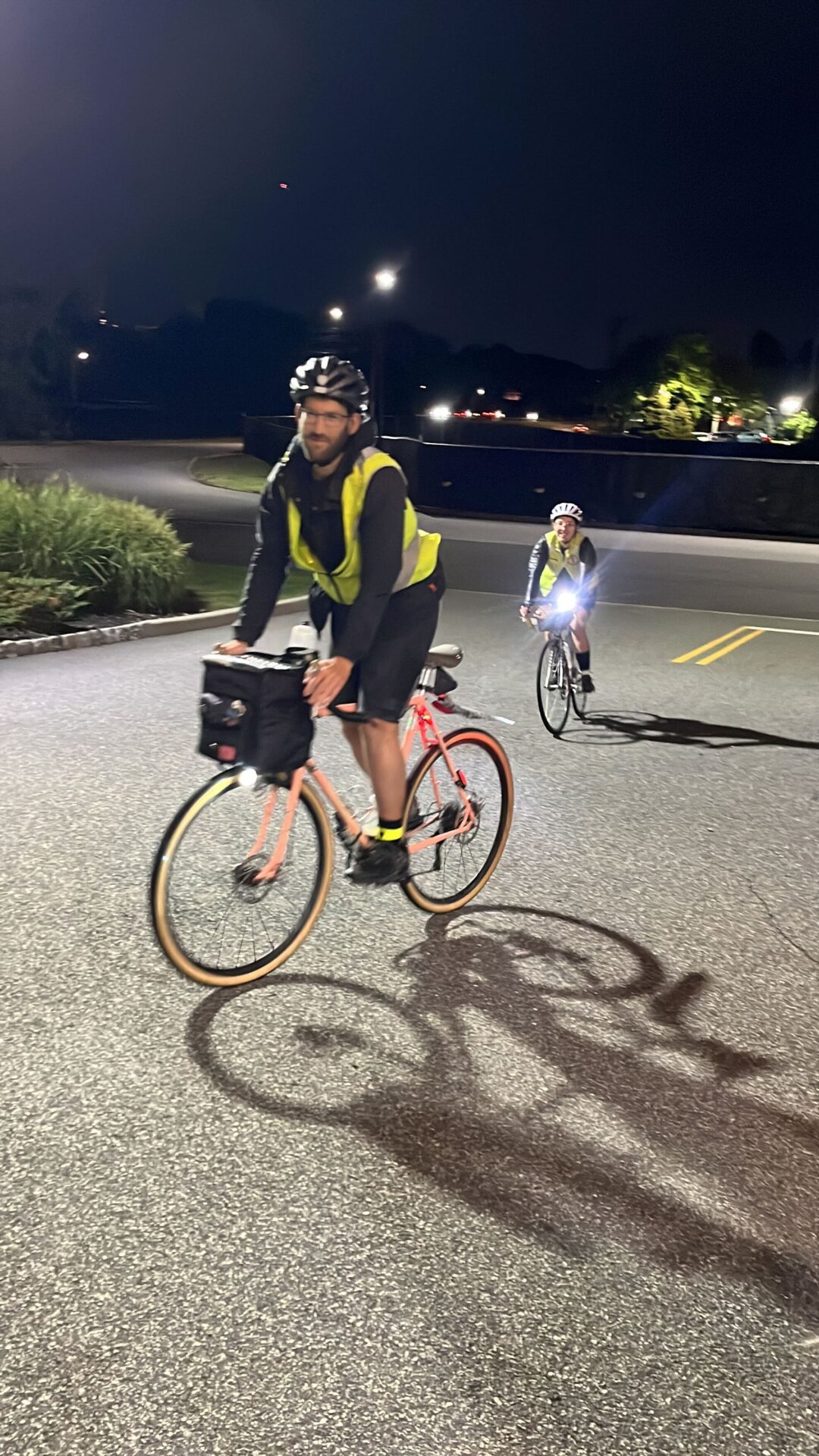
My riding style is unconventional. Beyond my choice to ride a ‘classic’ bike I often ride in t-shirts with flat pedals, eschewing the much touted ‘necessity’ of fancy shoes or technical clothing. Despite my ‘broken’ bike and ‘sub optimal’ gear, over the next three days I rode as strong as ever, often passing people on lighter or ‘better’ bikes, even up long hills. I’m not going to pretend it was always easy, but it was never hard, and having my favorite bike with me let me focus on the joy of riding through the beautiful nature of upstate New York, Vermont, and Massachusetts.
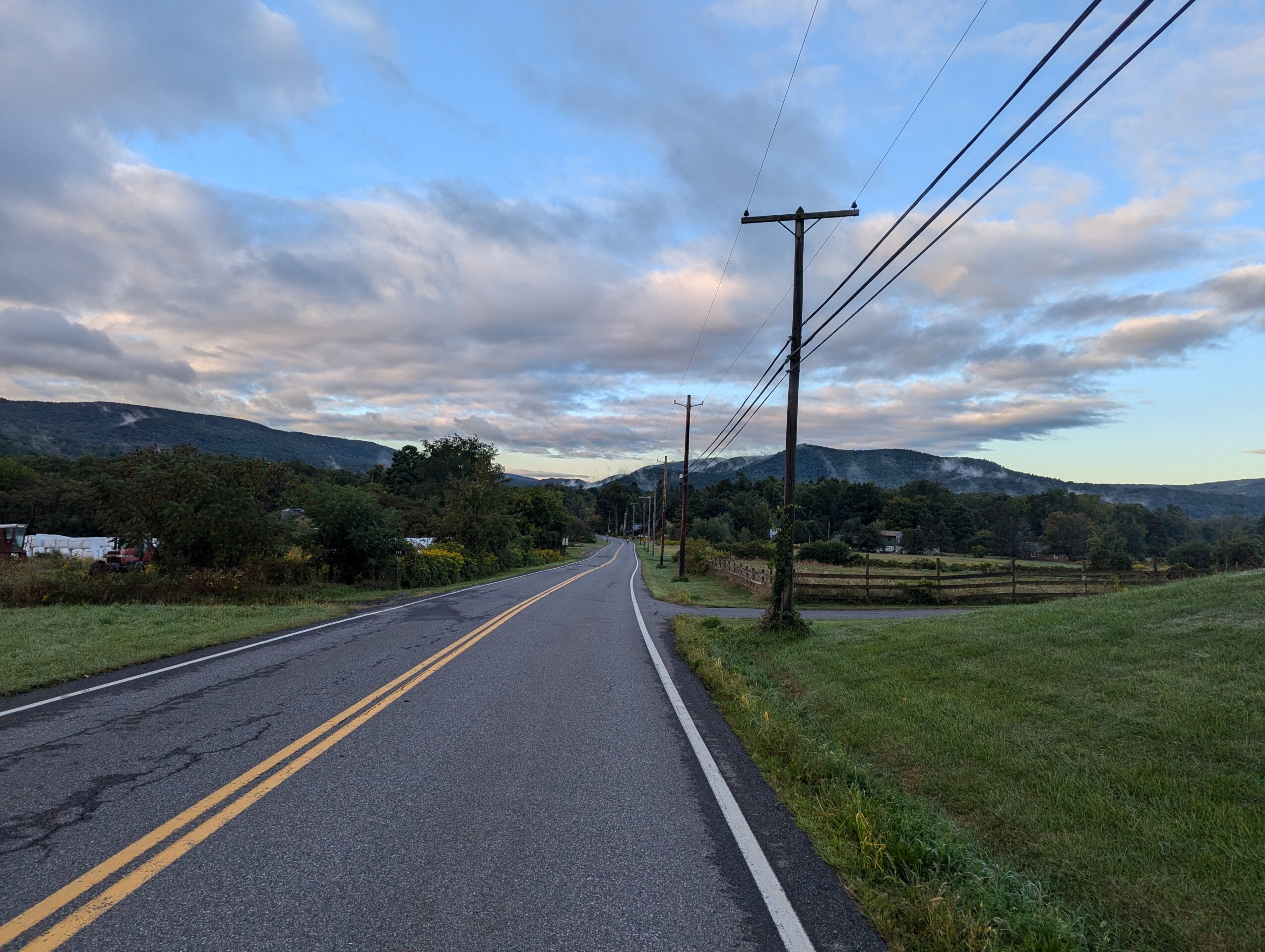
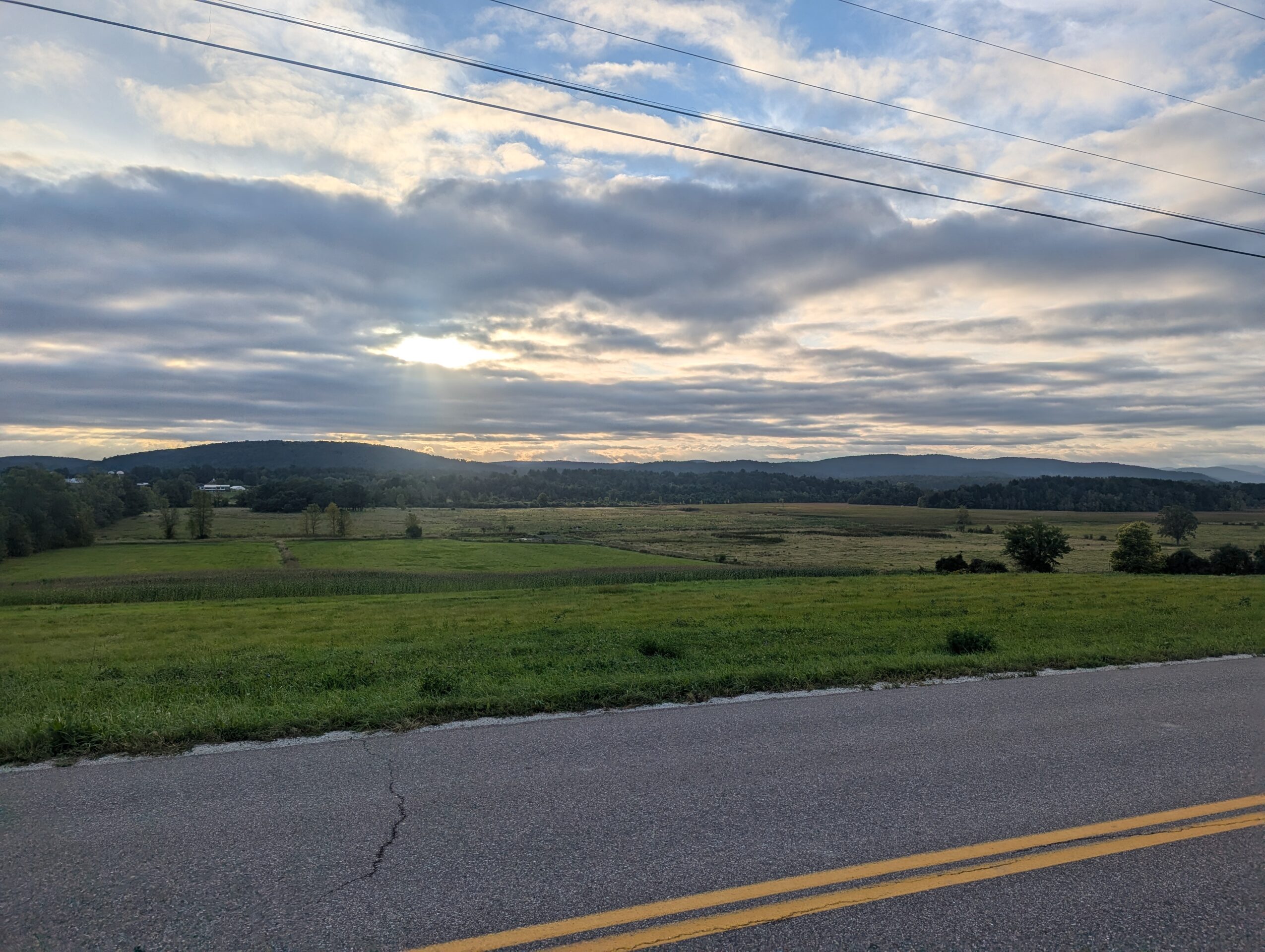
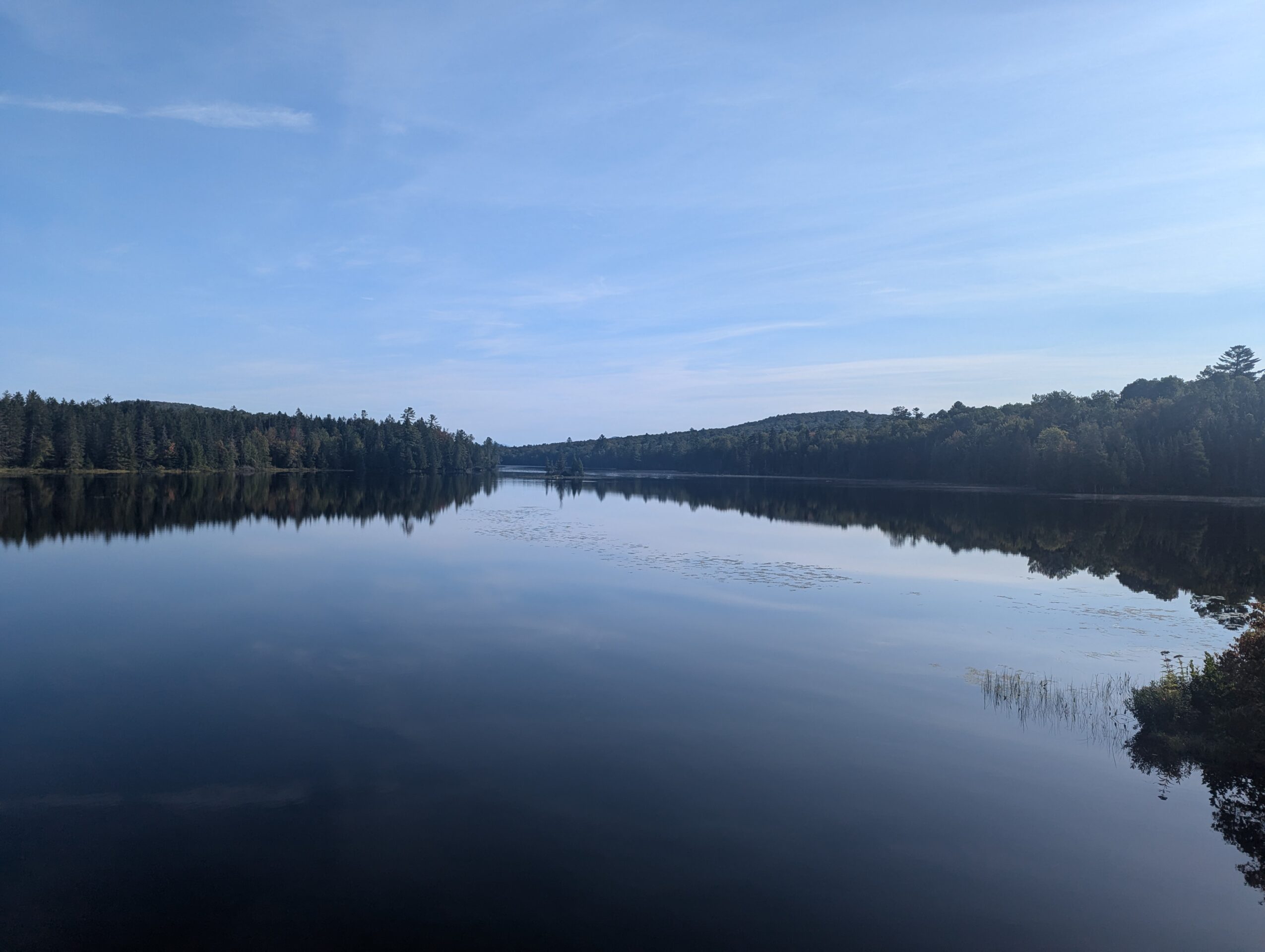
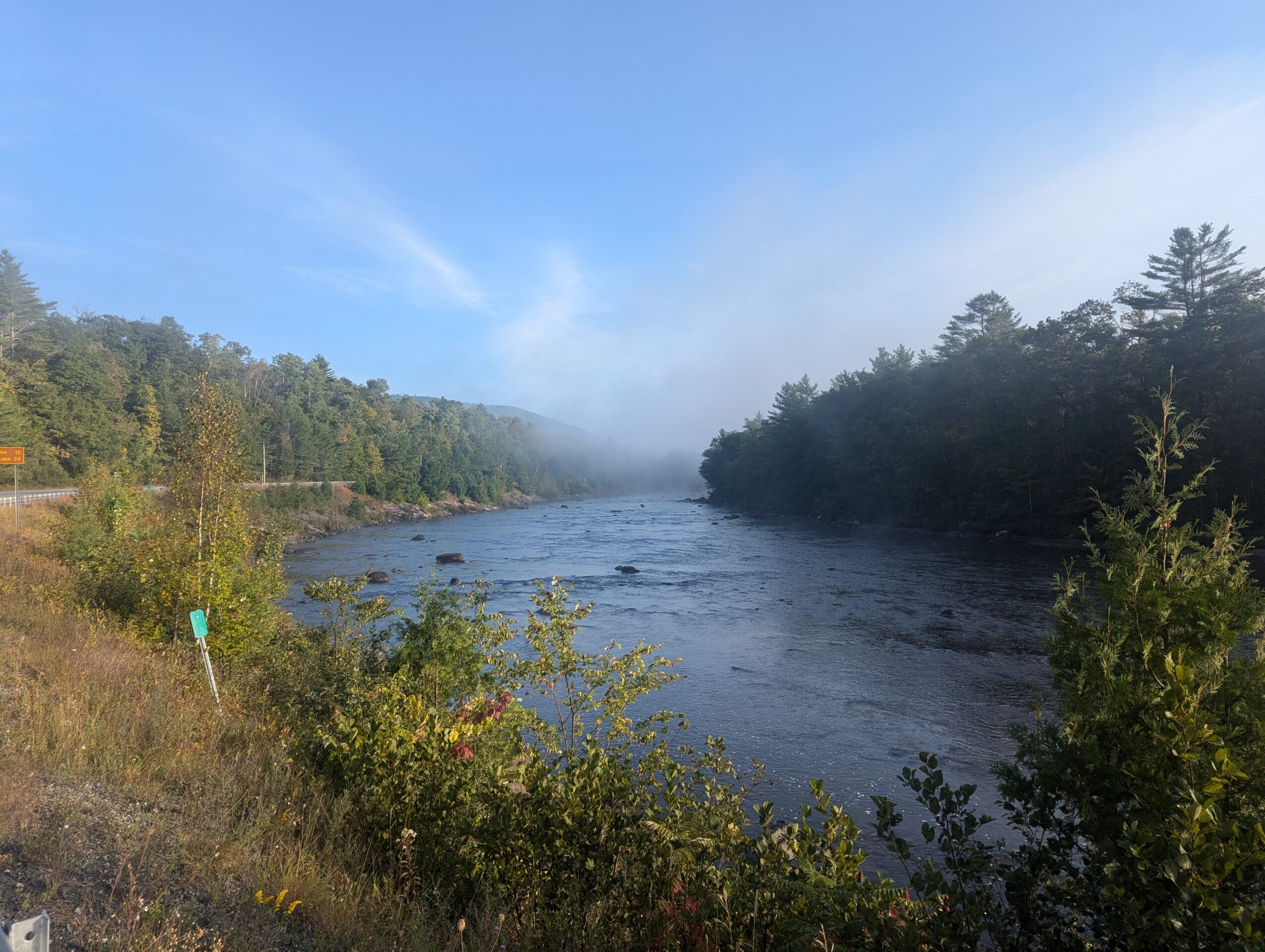
And before I knew it, the end was in sight! I crossed the finish line around 9pm on the 4th day, totaling 87 hours total. Not bad for 755 miles and 35,000ft of climbing 🙂

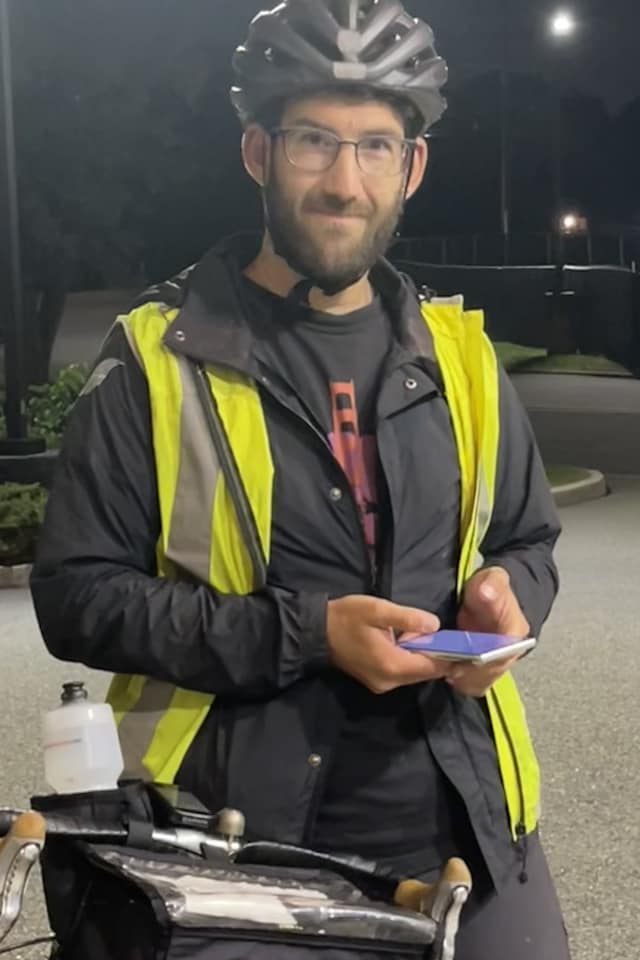
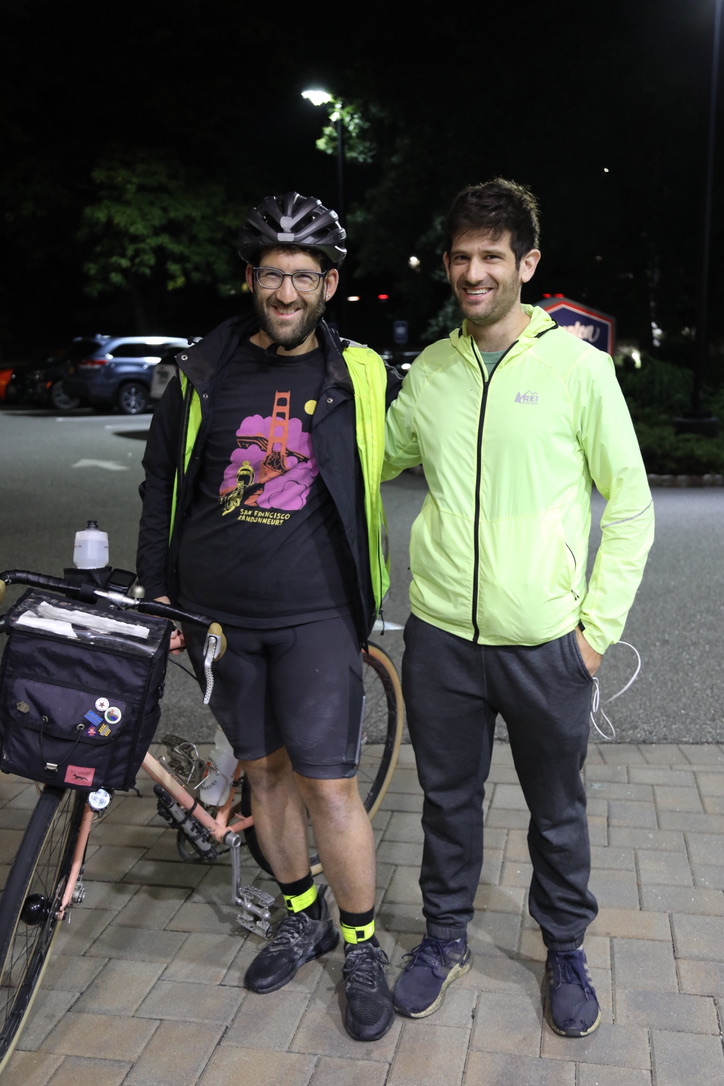
Now that the ride is over, I’ll sadly have to retire the Romanceür, well at least this edition – I already have a new frame in the mail ready to get rebuilt. For those of you out there doing your own thing and ignoring the conventional wisdom of big bike trends in 2024, my message to you is to stick it to the haters, believe in yourself, and do incredible things!
BUILD LIST:
Frame: Romanceur Atlantic Salmon Large
Headset: IRD TechnoGlide Threaded 1″
Wheel: 650b Velocity Blunt SS x SONdeluxe & WI CLD rear
Tire: Rene Herse Tire Switchback Hill 650B x 48 Standard Tan
Handle: SOMA Hwy 1 – 44cm
Bar tape: Brooks Microfiber Black
Brake lever: TRP RRL-SR Gum
Shifters: Microshift 10-Speed MTN Bar End Shift Levers
Brake: PAUL Klamper
Crank: Rene Herse Double Crankset 171mm 46/30t
Derailleur: Shimano GRX FD-RX400-F 2×10 & Shimano XT RD-M786-SGS Rear Derailleur
Saddle: Brooks C17
Seatpost: Dimension Two-Bolt Seatpost 27.2 x 350
Pedals: Simworks Bubbly Polished Silver
